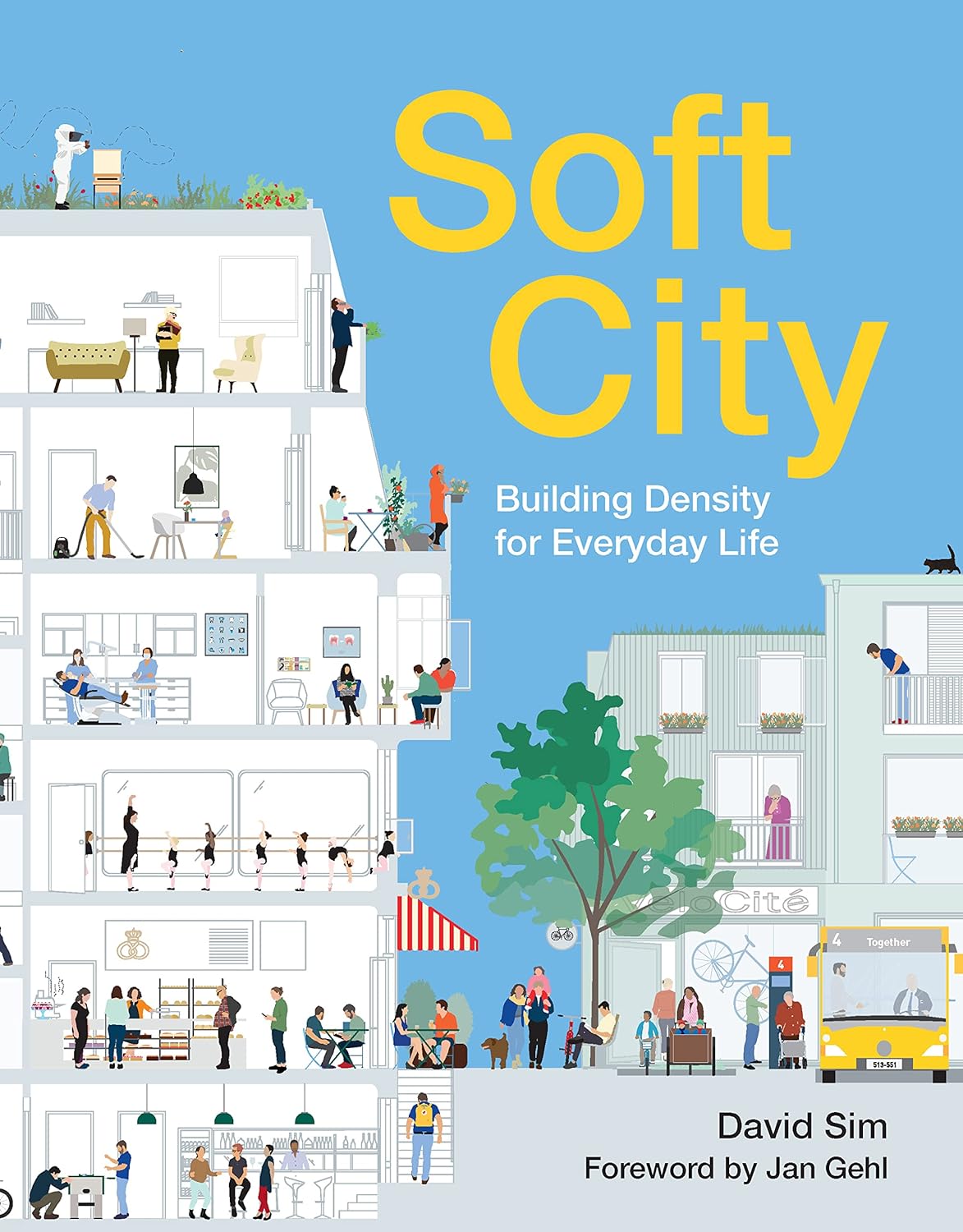內容簡介
內容簡介 Imagine waking up to the gentle noises of the city, and moving through your day with complete confidence that you will get where you need to go quickly and efficiently. Soft City is about ease and comfort, where density has a human dimension, adapting to our ever-changing needs, nurturing relationships, and accommodating the pleasures of everyday life. How do we move from the current reality in most cites--separated uses and lengthy commutes in single-occupancy vehicles that drain human, environmental, and community resources--to support a soft city approach? In Soft City David Sim, partner and creative director at Gehl, shows how this is possible, presenting ideas and graphic examples from around the globe. He draws from his vast design experience to make a case for a dense and diverse built environment at a human scale, which he presents through a series of observations of older and newer places, and a range of simple built phenomena, some traditional and some totally new inventions. Sim shows that increasing density is not enough. The soft city must consider the organization and layout of the built environment for more fluid movement and comfort, a diversity of building types, and thoughtful design to ensure a sustainable urban environment and society. Soft City begins with the big ideas of happiness and quality of life, and then shows how they are tied to the way we live. The heart of the book is highly visual and shows the building blocks for neighborhoods: building types and their organization and orientation; how we can get along as we get around a city; and living with the weather. As every citizen deals with the reality of a changing climate, Soft City explores how the built environment can adapt and respond. Soft City offers inspiration, ideas, and guidance for anyone interested in city building. Sim shows how to make any city more efficient, more livable, and better connected to the environment.
作者介紹
作者介紹 Architect David Sim is partner and creative director at Gehl, where he has worked for more than 15 years. He has developed citizen-engagement tools and a people-first approach to planning and flexible frameworks for development. David is an accomplished educator, teaching all over the world. He spent seven years at Lund University reforming architectural education towards a more holistic approach. He has worked on numerous plans from transit areas in Tokyo to an urban planning framework for city recovery in Christchurch, New Zealand after the 2011 earthquake, and is currently working on a masterplan for St Saveur, a new part of Lille in France.
